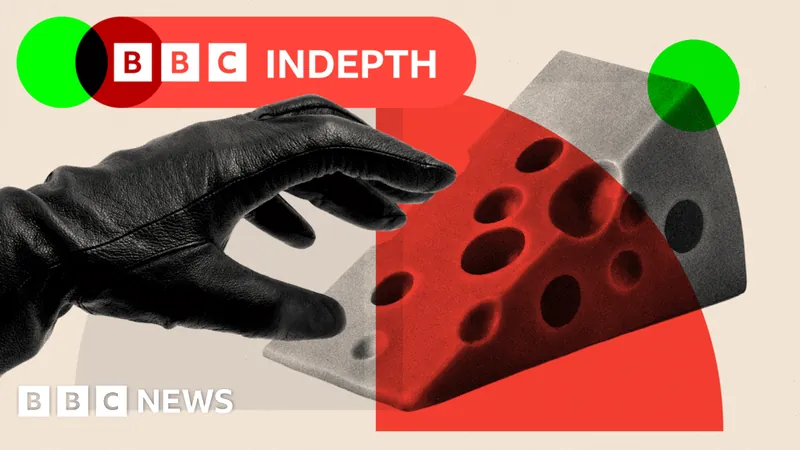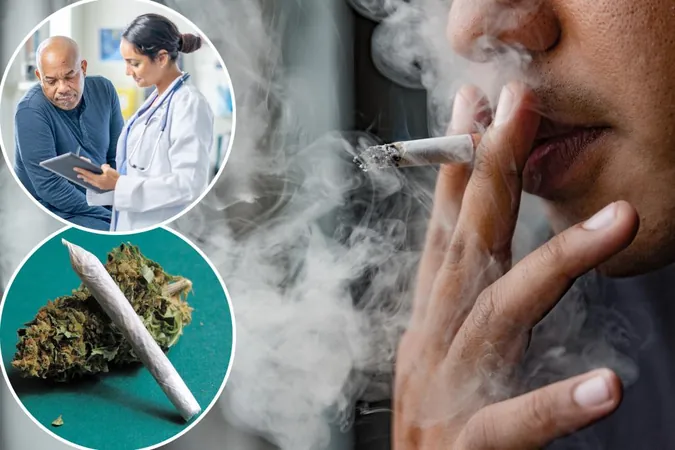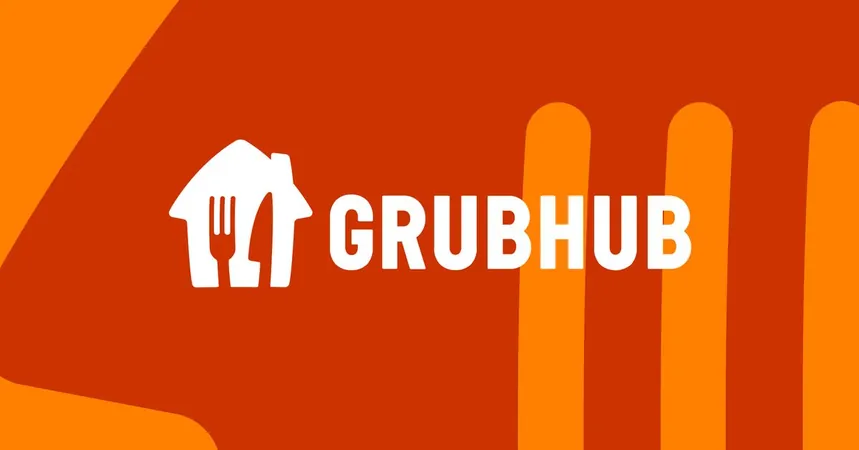
The Great Cheese Heist: Why Luxury Cheeses are Becoming Targets for Criminals
2024-11-10
Author: Ling
The Great Cheese Heist: Why Luxury Cheeses are Becoming Targets for Criminals
In a bizarre twist that’s captured headlines worldwide, high-end cheeses are now being eyed by criminals, with the latest incident shaking the luxury cheese market to its core.
In July, Patrick Holden, a dedicated dairy farmer, received what he thought was a golden opportunity: a monumental order for 22 tonnes of his premium Hafod cheddar cheese from a mysterious buyer representing a French supermarket. Holden's excitement was palpable; this was the biggest order he had ever received, signaling that his artisanal cheese was finally being recognized abroad. Developed through meticulous craftsmanship and aging for 18 months, Hafod cheese represents the pinnacle of British cheesemaking, with a wholesale value of £35,000 for just those first 20 tonnes.
However, joy quickly turned to disbelief when, after arranging for delivery through Neal's Yard Dairy, the entire shipment vanished without a trace after being collected by a courier on October 14. The supposed buyer was later revealed to be a fraud. The incident has since been dubbed "the grate cheese robbery," sparking outrage and concern among cheesemakers.
As it stands, a total of 950 truckles of cheese equivalent to the weight of four adult elephants are now unaccounted for, making this one of the most shocking food heists in recent memory. Renowned British chef Jamie Oliver even took to social media, alerting his followers to be wary of any unusually cheap luxury cheese.
Authorities arrested a suspect, a 63-year-old man, in late October, but details following the event have been scarce, raising questions about the identity and motive of those behind the heist. Surprisingly, this isn't an isolated case; the cheese industry has seen a rise in organized thefts, especially surrounding high-value items like premium cheese.
The Rise of Cheese Crimes: A Lucrative Underground Market
Food-related crimes such as theft, smuggling, and counterfeiting contribute to an estimated global loss of $30 to $50 billion annually. As luxury cheeses fetch higher prices due to rising production costs — exacerbated by issues like energy price spikes following geopolitical conflicts — their allure for criminals has intensified.
Last holiday season, thieves pilfered around £50,000 worth of gourmet cheese from a service station in the UK, and historical instances of cheese theft date back to 1998, when substantial quantities were snatched from a family-run farm. In Europe, there are similarly alarming tales, such as the £80,000 worth of Parmigiano Reggiano stolen in Italy, indicating a troubling trend.
How Organized Crime is Capitalizing on the Food Industry
Experts note that organized crime has long established connections within the food industry, leading to an alarming intertwining with illicit activities. Illegal goods such as drugs often traverse legal food supply chains, allowing criminals to exploit vulnerabilities and move high-value items like luxury cheeses illicitly.
Andrew Quinn from the National Food Crime Unit highlights that engaging in food crime results in lighter penalties than those faced for drug-related offenses, yet the profits can be just as significant. This has led to a perfect storm: luxurious cheeses becoming prime targets due to their value, combined with growing demand in areas lacking access to quality imports.
One particularly vibrant black market for cheese is in Russia, where sanctions have boosted the underground trade for foreign delicacies like European cheese. Unsanctioned imports are now thriving, and oddities like Belarusian camembert are showing up in stores, having been cleverly rerouted from their original origins.
Cheese smugglers utilize existing corruption within administrative structures to circumvent sanctions, creating an intricate network for distributing stolen goods unhindered. With creativity and a well-structured plan, large heists remain a lucrative business, but how do criminals manage to sell their hijacked dairy delights without raising suspicion?
Innovations in Cheese Security: Turning the Tide
In response to the rising threat of cheese theft, the industry is starting to take precautionary measures. Some Italian cheesemakers, aware of the robustness of black market Parmigiano Reggiano, are implementing microchip technology to authenticate their products. These tracking devices embedded within the rind enable the identification of stolen or counterfeit items, enhancing security across the supply chain.
Similarly, Neal’s Yard Dairy plans to adapt its operations by opting for personal visits to buyers, particularly during large cheese orders, in a bid to thwart fraudulent activities. Given the complexity and weightiness of luxury cheeses, criminals face barriers when it comes to distribution, often hindering their ability to offload stolen goods.
For small cheesemaking operations, the stakes couldn't be higher. The heist not only represents a financial loss, but it also threatens traditional farming practices cultivated over generations. As Patrick Holden noted, the ramifications for his farm could be devastating, with the potential loss leading to closure.
With challenges from climate change, the cost of living crisis, and global conflict, it’s clear that the landscape for food-related crimes is only becoming more precarious. Cheesemakers and dairies must now grapple with heightened risks in a world where their carefully crafted products are, quite literally, on the table for criminals.
Until stricter measures are enacted, the allure of luxury cheese remains dangerously within reach for those looking to dip into the underground world of food crime. As we observe this evolving scenario, one thing is certain: the age-old art of cheesemaking is now interlinked with a far darker narrative.


 Brasil (PT)
Brasil (PT)
 Canada (EN)
Canada (EN)
 Chile (ES)
Chile (ES)
 España (ES)
España (ES)
 France (FR)
France (FR)
 Hong Kong (EN)
Hong Kong (EN)
 Italia (IT)
Italia (IT)
 日本 (JA)
日本 (JA)
 Magyarország (HU)
Magyarország (HU)
 Norge (NO)
Norge (NO)
 Polska (PL)
Polska (PL)
 Schweiz (DE)
Schweiz (DE)
 Singapore (EN)
Singapore (EN)
 Sverige (SV)
Sverige (SV)
 Suomi (FI)
Suomi (FI)
 Türkiye (TR)
Türkiye (TR)